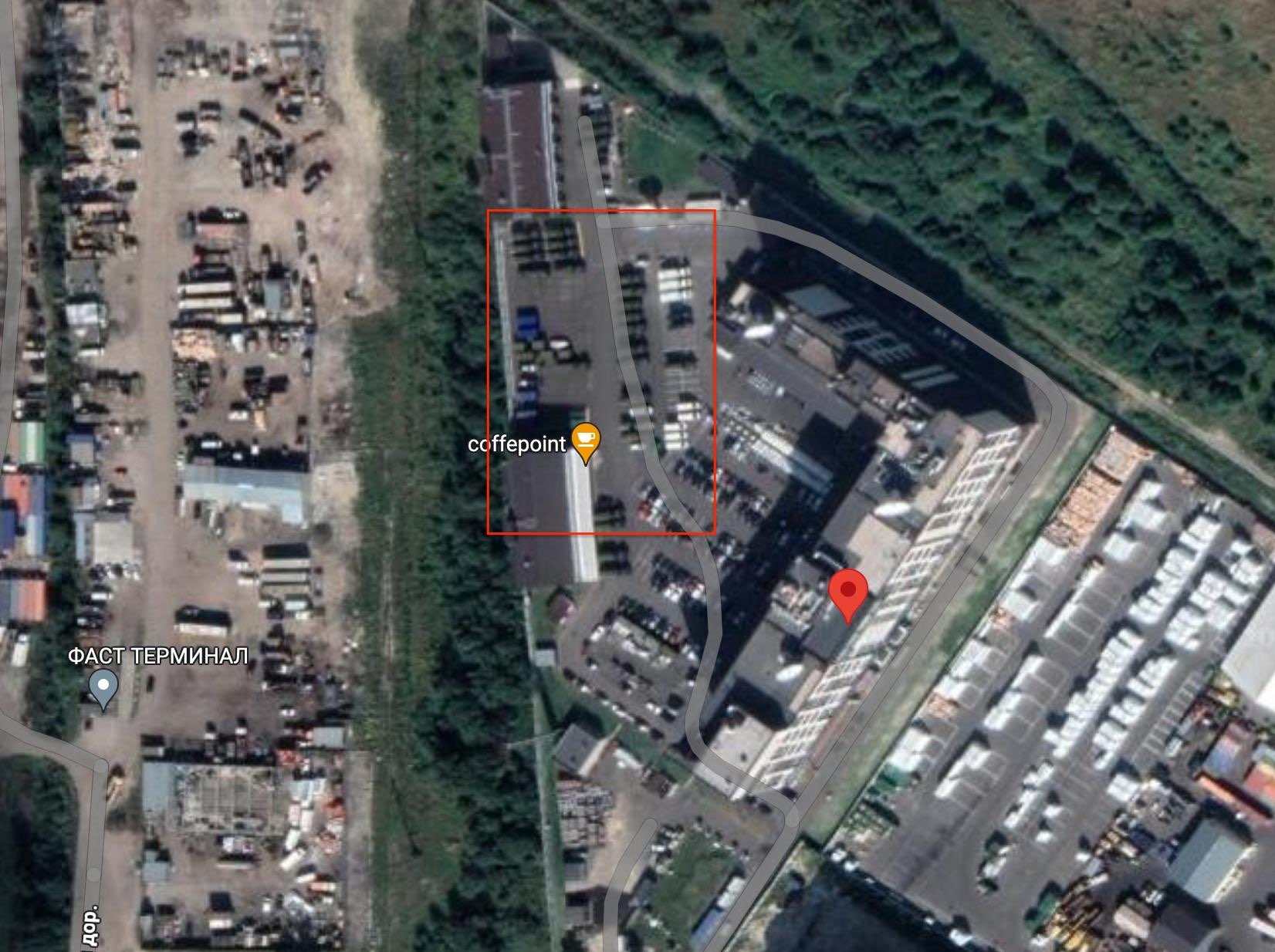ARTICLE AD
In November 2023, the Cyber Resistance group leaked internal documentation of the sanctioned Russian company “Special Technological Center” (STC) to the InformNapalm international intelligence community for analysis.
The documents confirm STC’s reliance on imports from European, American, and Asian companies, revealing a sophisticated network facilitating the production of Russian military equipment, including the well-known Orlan-10 unmanned aerial systems.
STC, based in St. Petersburg, plays a crucial role in supporting Russia’s armed aggression against Ukraine. Sanctions imposed by the U.S., UK, Canada, Switzerland, Japan, EU countries, and Ukraine underscore the organization’s involvement in activities contrary to international law.
- ADVERTISEMENT - CONTINUE READING BELOW -
Notably, among the recent additions to STC’s personnel since September 2022 is Subcolonel Sergei Morgachev, a Russian military hacker wanted by the FBI for interfering in U.S. elections, as revealed by CyberResistance’s CYBINT investigation.
STC’s broad spectrum of activities includes the production of telecommunications equipment and, notably, specialized military technology. Satellite imagery and documents obtained by hackers expose the production of the Russian RB-341V “Leer-3” electronic warfare complex with Orlan-10 drones, integral to Russia’s military operations.
 In the photo, obtained directly from inside the premises of this building, you can see that this equipment is the Russian electronic warfare system RB-341V Leer-3. Image credit: informnapalm.org
In the photo, obtained directly from inside the premises of this building, you can see that this equipment is the Russian electronic warfare system RB-341V Leer-3. Image credit: informnapalm.org Capture via Google Maps
Capture via Google MapsDespite sanctions, STC continues production, escalating volumes through intermediary firms. The revealed supply chain follows the Russian tradition of “parallel imports,” circumventing sanctions through a straightforward yet reliable process involving foreign manufacturers, distributors, proxy entities, and Russian defense enterprises.
The propeller and engine are manufactured by the Chinese company T-Motor. The flight controller and GPS module are produced by the Chinese company Radiolink Electronic Limited. Laptops from Lenovo and a camera from Sony. Components and spare parts easily enter Russia. Of course, Russia tries to buy more Chinese products – they have fewer problems, especially when China subtly helps Russia in various ways. However, the documents obtained on STC orders clearly show that devices, parts, and equipment from the USA, Germany, Spain, Austria, the United Kingdom, Switzerland, and so on are imported into Russia.
 Image credit: informnapalm.org
Image credit: informnapalm.orgAnalyzing STC’s documents allowed tracing Russian private legal entities that persisted in importing various equipment in 2022-2023, with STC being the ultimate recipient. Companies like “Radiolain,” “Protech,” and “PT Electronics” were identified among the numerous entities involved in this network.
 Image credit: informnapalm.org
Image credit: informnapalm.orgThe leaked documents include commercial offers, contracts, additional agreements, invoices, and shipping documents confirming the supply of equipment to STC. Transactions are conducted in USD, EUR, and occasionally Chinese Yuan.
For instance, the documents reveal commercial proposals from “PT Electronics” dated March 2023, supplying equipment from Rohde & Schwarz GmbH, a German company specializing in radio electronics. This equipment, crucial for assembling the “Leer-3” complex, underscores Russia’s continuous procurement of essential components.
 Image credit: informnapalm.org
Image credit: informnapalm.orgThe documents also highlight Russia’s interest in Chinese-manufactured components, particularly KMON sensors from GPIXEL. The Chinese company GPIXEL, known for its GMAX sensor family, plays a vital role in aerial reconnaissance capabilities, as evidenced by correspondence between GPIXEL and STC representatives.
 Image credit: informnapalm.org
Image credit: informnapalm.orgSince the initiation of the full-scale Russian invasion in February 2022, “Radiolain” and another STC partner, “Protech LLC,” have been actively engaged in numerous customs clearance operations, collectively exceeding 140 transactions. These operations involve the processing of goods from diverse international sources, illustrating the intricate web of import activities undertaken by entities associated with the Special Technological Center (STC).
To offer insights into the scale of foreign component acquisitions, the center’s analysts have compiled a condensed and selective table detailing the procured equipment, its country of origin, the intended purpose of the goods, and the importer responsible for bringing them into Russia. This table, while informative, represents only the tip of the iceberg. Additional data obtained by hackers has been shared with pertinent authorities, organizations, and intelligence agencies. The objective is to bolster sanctions, intensifying pressure on the aggressor.
The revealed documents unmistakably portray a deliberate and circuitous route taken by Western components to reach Russia. Despite the challenges and increased costs associated with this indirect path, these components inevitably contribute to the manufacturing of weaponry. These arms, in turn, find application in the aggressive, unlawful, and unjust war unleashed by Russia.
The extensive data obtained by CyberResistance exposes not only the covert supply chains sustaining Russia’s military-industrial complex but also sheds light on the ongoing efforts to expand and enhance Russian military capabilities through international partnerships.

